3 Ways Planting Trees Helps Reduce The Urban Heat Island Effect

Get news, updates, & event Info delivered right to your inbox:
Heat Waves And Rising Air Temperatures Are Underscoring the Need for Urban Trees and the Shade They Provide
At a time when record-high temperatures and heat waves regularly make headlines, the need to address urban heat is front and center. Compounded by the heat island effect, cities around the world are experiencing days of extreme heat exposure at 3x the rate they did in 1980 — and with that comes a sharp rise in heat-related illnesses.
In fact, NOAA data shows that heat already kills more people in the US than hurricanes, tornadoes and other extreme weather events. A study by Duke University estimates that this leads to an estimated 12,000 premature deaths per year.
An important part of the solution? Trees. When done thoughtfully, planting urban trees, growing urban forests and enhancing urban green canopy can lower air temperatures in city neighborhoods by up to 10 degrees. And in a rapidly warming world, that could mean the difference between life and death for vulnerable city dwellers.
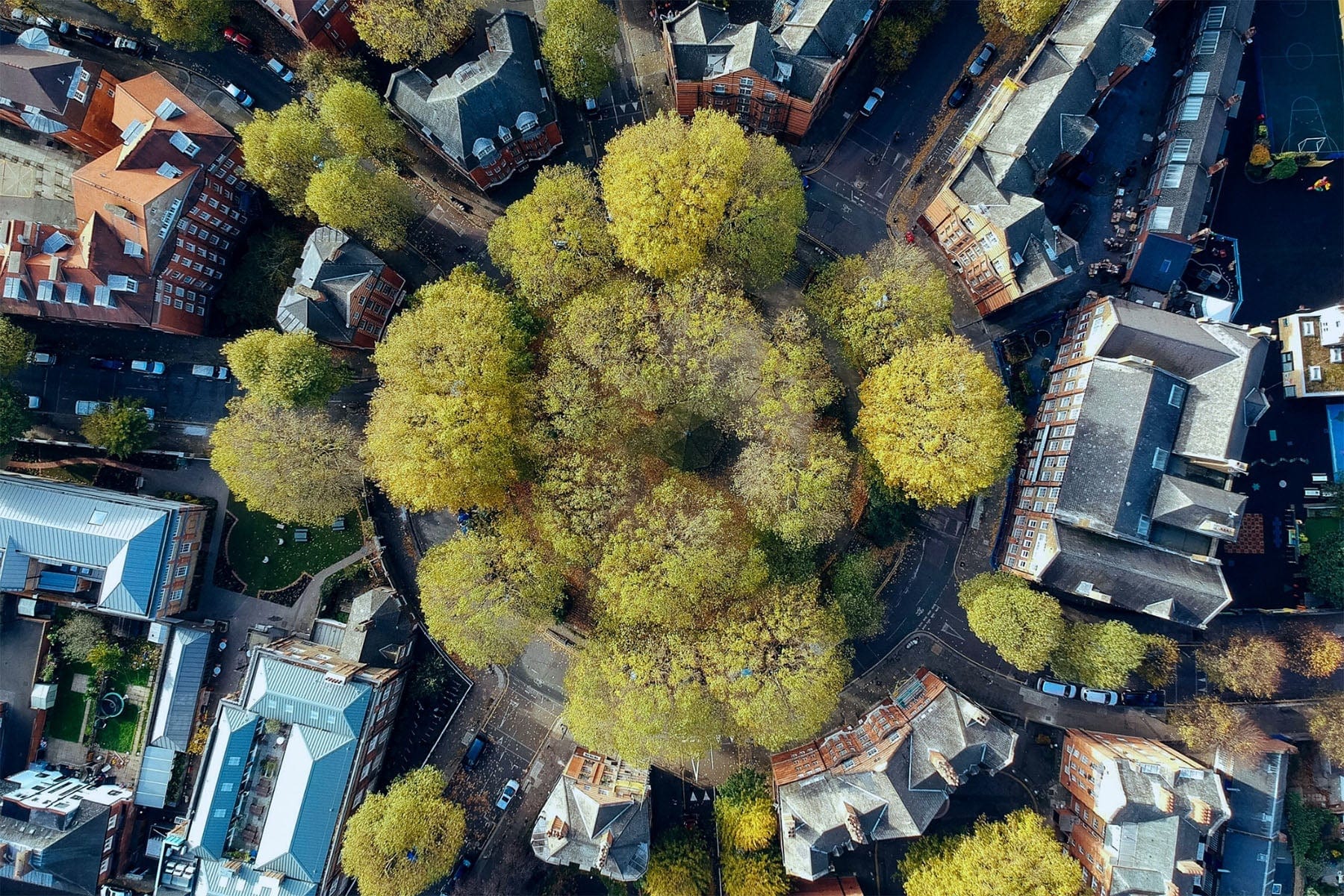
What Are Urban Heat Islands?
Simply put, urban heat islands are areas within urban and suburban environments that experience elevated temperatures — especially when compared to rural zones. When homes, businesses and industrial buildings are built close together, they generate, trap and store heat, significantly increasing surrounding air temperatures.
Another source of heat that may come as surprise? People. Whether it's driving a car or powering a factory, any time people burn energy, they are probably generating heat. When there are a lot of people engaged in a lot of activities close together, this "waste heat" can combine with other heat sources to create a significant temperature increase.
In heavily populated areas with busy roadways and tall, close-together buildings, there's little opportunity for hot air to escape, thus creating Urban Heat Islands.
According to the US EPA, "the annual mean air temperature of a city with one million or more people can be 1.8 to 5.4°F (1 to 3°C) warmer than its surroundings — and on a clear, calm night, this temperature difference can be as much as 22°F (12°C)." Given the rising prevalence of heat waves and record-setting temperatures, that's a big deal.
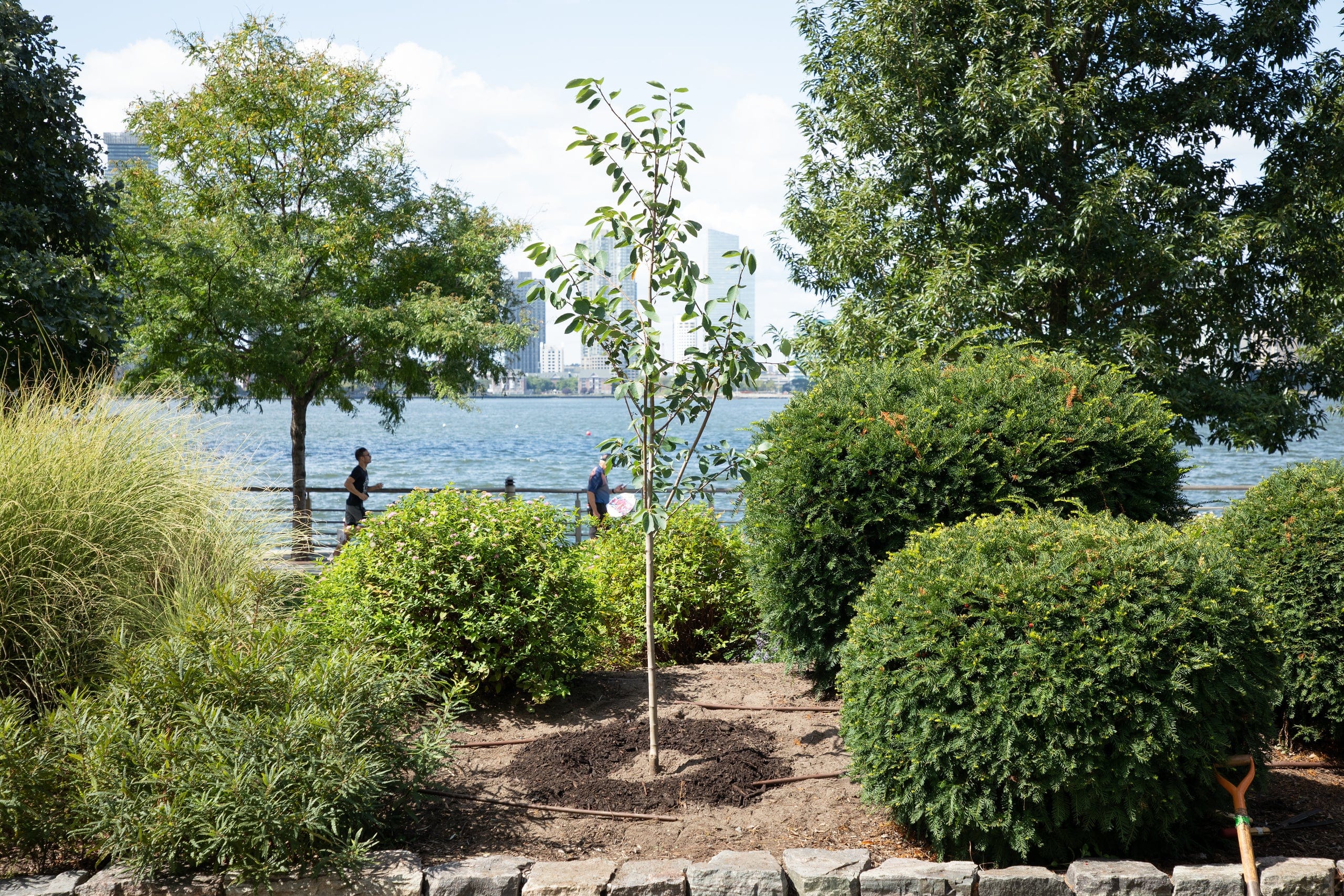
Understanding Heat Island Types
- Surface Heat Islands: Man-made surfaces like roadways and rooftops absorb and emit significantly more heat than natural surfaces like grass and soil. And data shows that on a warm day with a temperature of 91°F, conventional roofing materials may be as much as 60°F warmer than surrounding air temperatures. Surface heat islands are typically strongest during the daytime.
- Atmospheric Heat Islands: These heat islands are defined as the warmer air found in urban areas, compared with cooler air in less heavily settled areas. Typically weaker during the late morning and throughout the daytime hours, they form as a result of slowly releasing solar heat that has been absorbed by buildings, concrete surfaces and other built materials throughout the day. This is why, even after the sun has set, temperatures can remain high.
How Does Planting Urban Trees And Creating Urban Green Spaces Help To Reduce Temperatures?
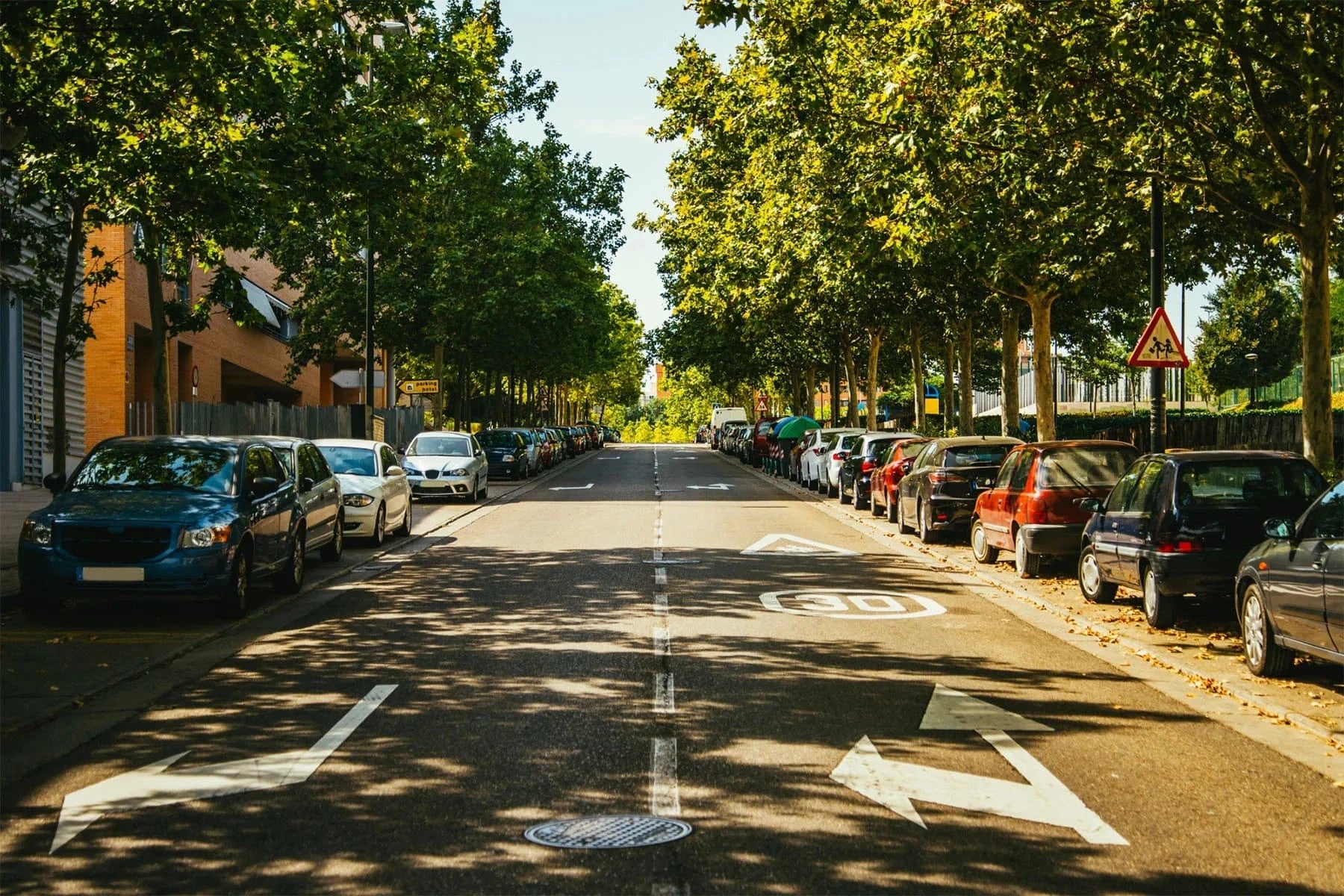
1. Trees Provide Shade
If you've ever enjoyed the shade of a tree on a hot summer day, you already understand the importance of green urban spaces! Trees and vegetation reduce surface and air temperatures by providing shade — in fact, shaded surfaces, for example, can be as much as 20–45°F cooler than unshaded areas at peak heat. How? During the sunnier seasons, an urban tree's leaves and branches only allow about 10-30% of solar radiation to pass through its canopy. The rest of the solar energy is absorbed by the tree's leaves or reflected back into the atmosphere. To harness this powerful benefit, trees should be planted in strategic locations around buildings or paved areas like streets and parking lots.
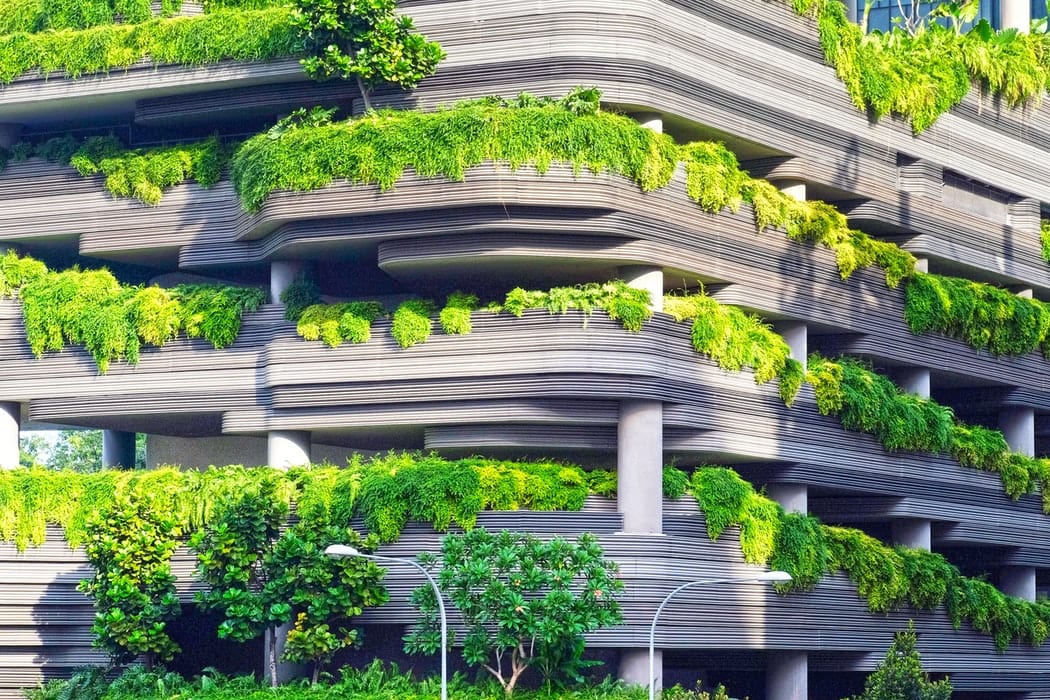
2. Trees Help With Evapotranspiration
Simply put, evapotranspiration is the process of transferring moisture from the earth into the atmosphere via evaporation. Trees and plants do this by absorbing water through their roots and releasing it via their leaves. Water is also released as vapor gas from plant surfaces such as tree trunks and the surrounding soil. Evapotranspiration — alone or in combination with shade-related temperature reductions — can help reduce peak summer temperatures by an estimated 2–9°F (1–5°C). This process reduces temperatures by taking heat from the air and using it to evaporate water within the tree, similarly to how sweating helps cool our skin.
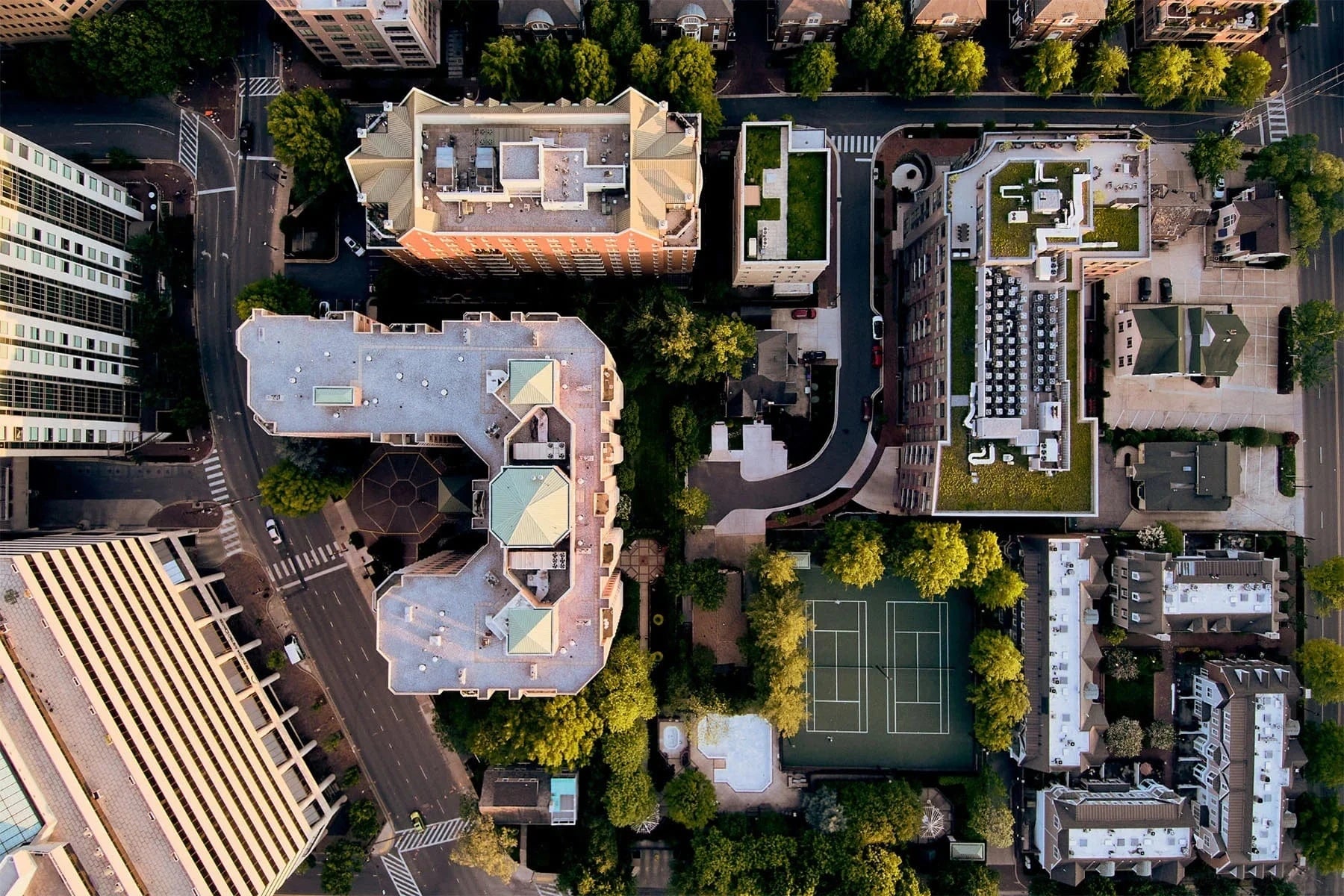
3. Trees Reduce Energy Use
According to the US Department of Energy, carefully positioned trees can reduce a home’s energy costs by 25% — including air conditioning. While switching to renewable energy would also help, this reduces pressure on our power grid during heat waves, helping to prevent catastrophic power failures. How? Research shows that planting deciduous trees in strategic locations around buildings helps reduce the amount of solar energy that gets absorbed into building materials — especially if these trees shade windows and part of the building’s roof. At a time when extreme heat forces urban dwellers to rely on expensive air conditioning to stay safe, this is more vital than ever. Another benefit? When fans and air conditioners don't have to run as often, they release less "waste heat" into the atmosphere.
Case Study: Urban Heat in Miami
In 2021, members of our Urban Forestry team conducted research at an urban forest installation in Miami, FL. Using heat traps, they recorded temperatures both outside of the installation and inside to determine how much the trees reduced temperatures. Read the PDF Case Study to learn about their findings!

Case Study: Planting Trees at a Title I Elementary School in Phoenix, AZ
With temperatures that regularly soar above 100 degrees F, Phoenix, Arizona is considered America's hottest city. In fact, Phoenix is already experiencing temperatures 2.5 degrees hotter than they were in the middle of the last century — and this is only expected to increase. Researchers at the School of Geographical Sciences & Urban Planning at Arizona State University ran decade-long climate simulations and found that, when compared with conditions in 2000, Phoenix and other fast growing Sunbelt cities will see the “largest relative changes in population heat exposure."
To help address this, our awesome partner Trees Matter planted 33 15-gallon trees and engaged approximately 1,000 students and staff at a Title I school that's located near a highway and surrounded by many asphalt-heavy industries. Through the program, students learned about the importance of planting trees, and each class got 30 minutes of hands on experience. They even got to name the trees they planted, fostering a deeper connection with nature.
Our partner plans to have a lasting relationship with the elementary school and will continue to engage staff and students long after the planting. Teachers will also be given free access to environmental education resources, including a database with over 200 resources, lesson plans, and tree inventory activity boxes.
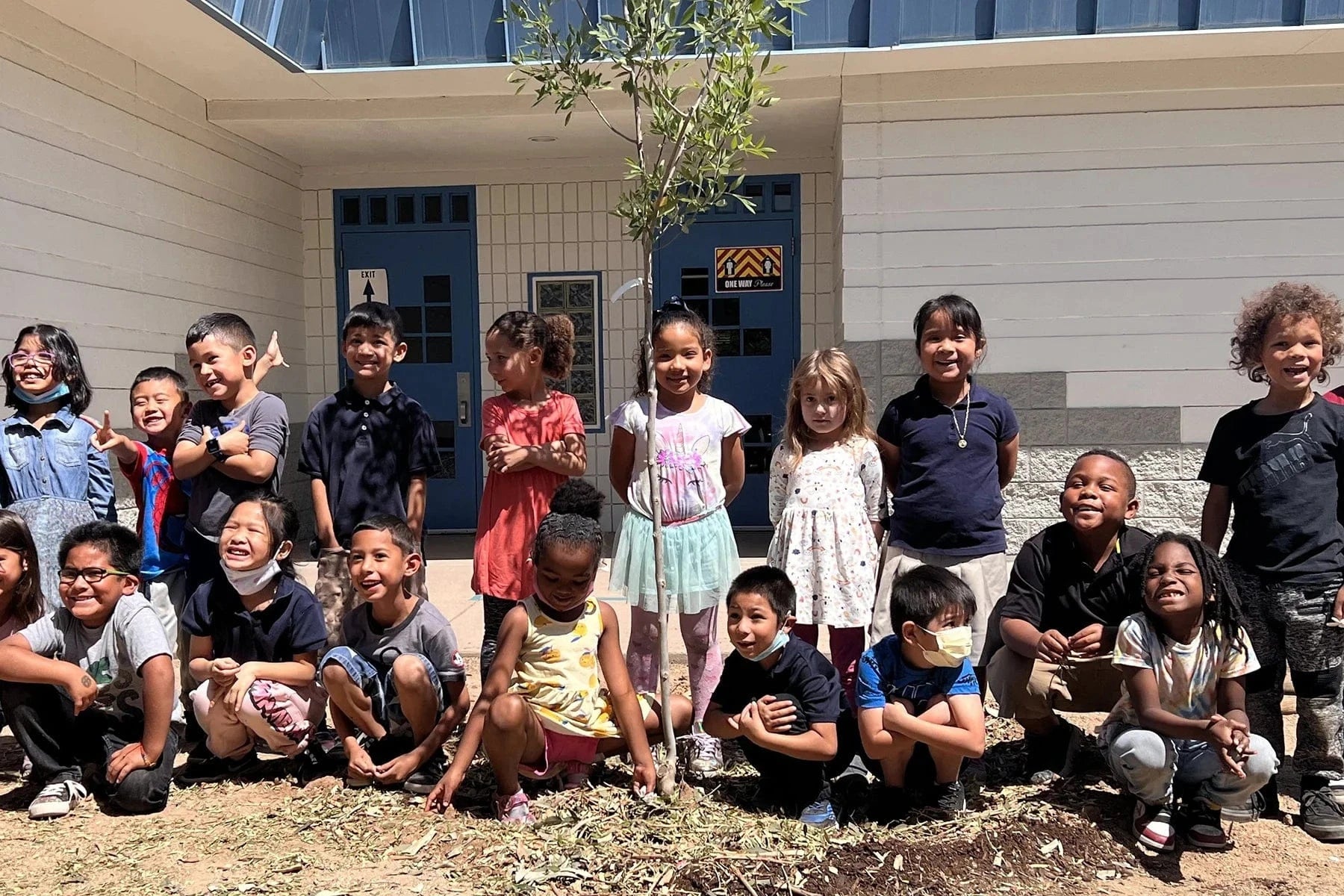
Thanks to a history of under-investment — and a high concentration of asphalt concrete and other heat-absorbing materials — West Phoenix is greatly affected by tree inequity and the Urban Heat Island effect. As a result, heat illness is critically high and air conditioning is a major expense. Fortunately, the planted trees will help reduce costs, as well as the pressure put on these systems at the school. In addition to cooling the school buildings, trees will help cool the playground and fields, allowing kids to play more safely outside. In this area, our partner has seen that trees can reduce surface temperatures by up 10-15 degrees!
In addition to the above mentioned benefits — and with the help of the iTree Design tool — our partners determined that in the first year after planting, the new trees would:
- Intercept 1,117 gallons of rainfall
- Conserve energy from AC needs (1,698 kWh) and heating needs (3.5 therms)
- Remove four pounds of air pollutants like ozone, carbon monoxide, and other particulates
- Reduce atmospheric CO2 emissions by 2,360 pounds.
Planting trees is an essential strategy to protect urban populations from the dangers of urban heat. Looking for a way to make an impact today? Consider supporting our Fund for Urban Forestry!
Get news, updates, & event Info delivered right to your inbox:
Related Posts
5 Causes of Deforestation
10/07/2025 by Meaghan Weeden
Your Essential Camping Checklist and Sustainable Camping Guide
19/06/2025 by Meaghan Weeden
7 Biodiversity Hotspots Around the World That You Should Know
12/06/2025 by One Tree Planted
Popular On One Tree Planted
5 Causes of Deforestation
10/07/2025 by Meaghan Weeden
8 Amazing Bamboo Facts
14/01/2025 by Meaghan Weeden
Inspirational Quotes About Trees
09/01/2025 by Meaghan Weeden
Fundraising Disclosures

Be Part of the
Restoration Movement
The Grove is more than just a monthly giving program: it's a vibrant community of individuals who are dedicated to reforestation and environmental restoration on a global scale.
As a member of The Grove, you affirm your commitment to restoring forests, nurturing biodiversity, and fostering positive global change.




